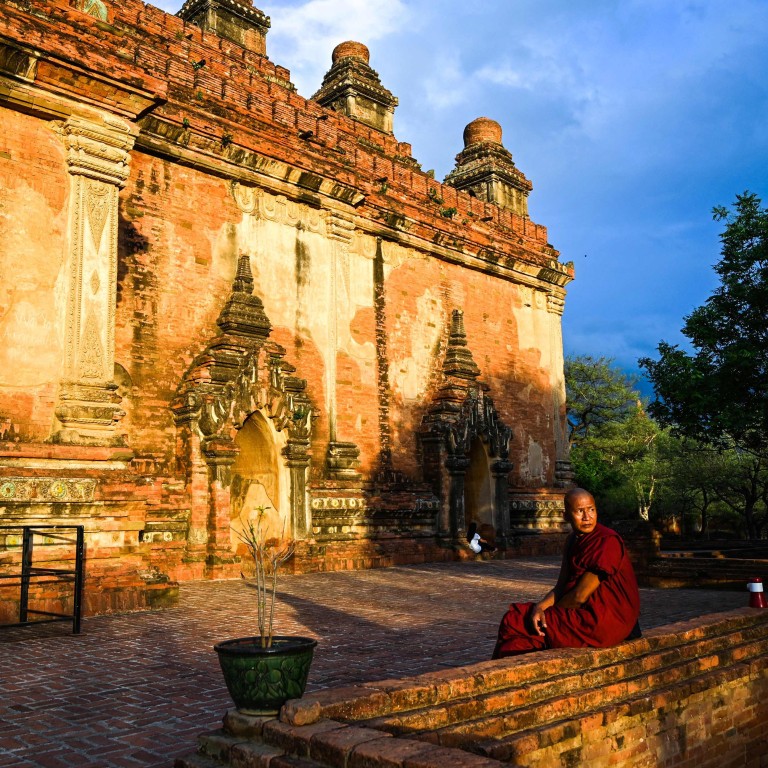Bagan to Borobudur – 5 of the world’s biggest Buddhist temples in India, Indonesia and Myanmar

Wherever the teachings of Buddhism reached, it left a deep impression on societies not just in terms of religious practice but art, culture, and architecture such as these magnificent temples
Buddhism, the world’s fourth-largest religion and philosophy with over 520 million followers, was founded in the fifth century BC by Siddhartha Gautama popularly known as the Lord Buddha. Based on the teachings of Buddha, Buddhism talks about the journey of life and ways to find release from suffering to attain nirvana.
Founded in northeastern India, Buddhism found wide acceptance as it liberated people from the shackles of caste tyranny. After Buddha, his disciples took his teachings across the South Asia under the patronage of peace-loving kings to spread the message of ahimsa, or non-violence.
The spread of Buddhism left a deep impression on societies not just in terms ofreligious practice but art, culture and architecture. The pursuit of nirvana is based on Four Noble Truths, and this finds reflection in Buddhist temples across the world – not least these four magnificent, and massive, monuments.
Borobudur, Indonesia
This is one of the greatest Buddhist monuments in the world, built in the 8th and 9th centuries during the Shailendra dynasty.
Situated in the Kedu Valley in Central Java, Indonesia, Borobudur temple is an architectural masterpiece built in three tiers. On the pyramidal base, there are five concentric square terraces with three circular platforms and a monumental stupa at the top. This is in accordance with the Buddhist conception of three superimposed spheres of the universe. There are 72 openwork stupas around the circular platforms with statues of Buddha.
It was in a dilapidated state until it was restored with Unesco’s help in the 1970s. This protected, World Heritage Site attracts millions of tourists every year.
Bagan, Myanmar
This holy Buddhist site is one of the largest in the world comprising temples, pagodas and stupas.